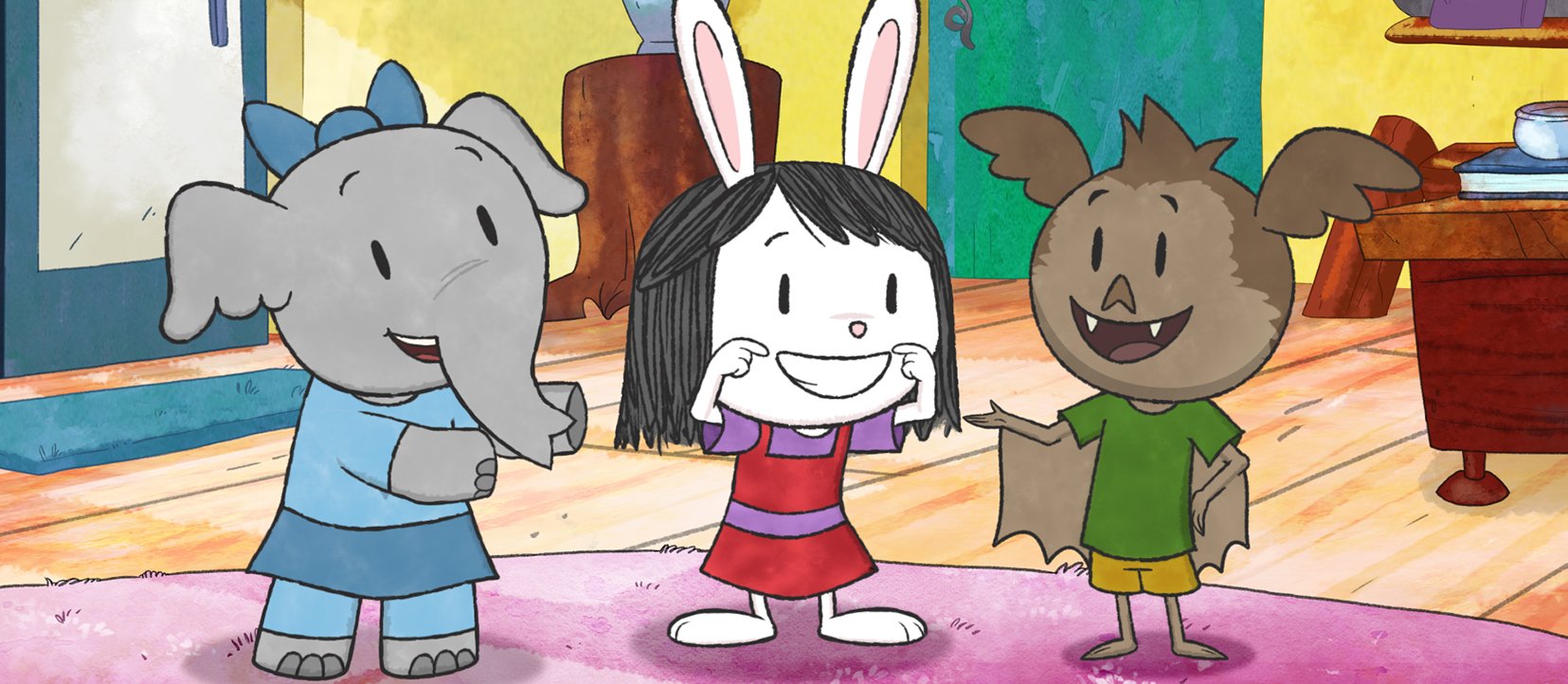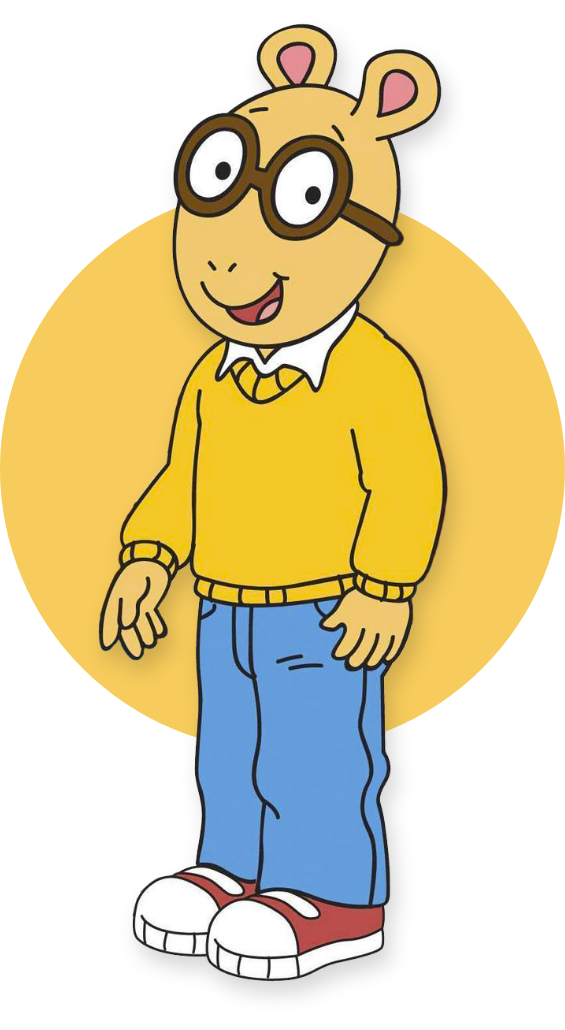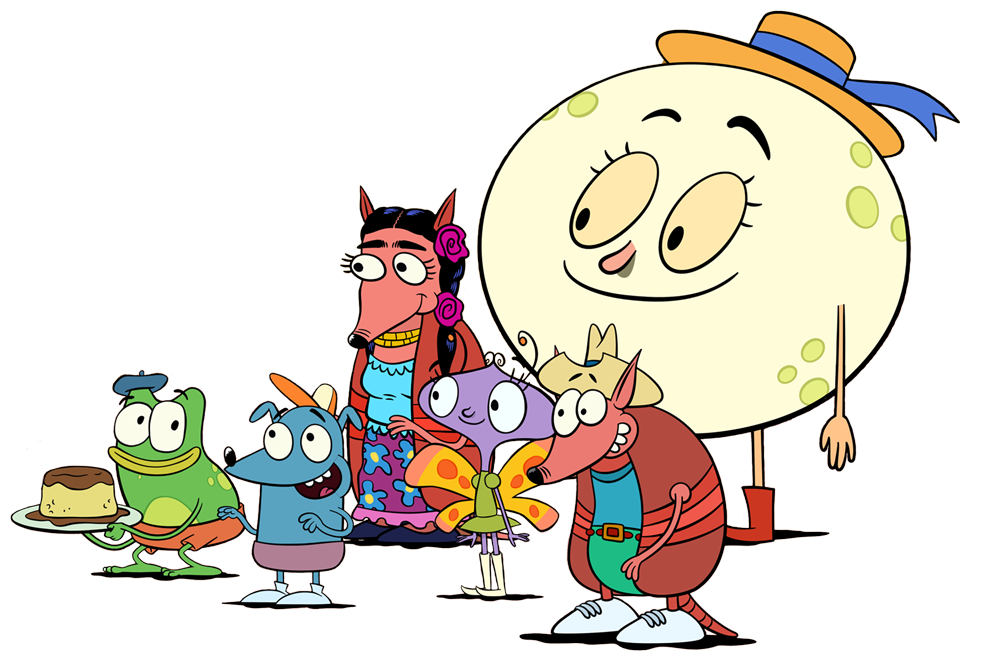Make a Face | Activities | WTTW Kids Learn & Play
This activity demonstrates how emotions can be expressed with or without words. Understanding how to decode facial expressions in correlation to specific feelings will help students to recognize behaviors in others.

Activity Prep
- At least one face needs to be created ahead of time to complete the activity, but it might be better to create two or three additional faces as backups.
Activity
- Ask a volunteer to come to the front of the group. Explain to the children that they are going to guess what feeling/ emotion the face is showing. Whisper to the volunteer the feeling they need to convey on the face model.
- Have the volunteer manipulate the face model to show the emotion to the group
- When the volunteer is done, reveal the face model to the group and ask children to raise their hands if they think they know what feeling the face shows. (They will likely struggle with this the first time you go through the activity.)
- Once a child guesses correctly, talk to the children about how they figured out what emotion was being shown. Tell them to remember what they said when the activity is repeated.
- Repeat the activity once or twice more, time permitting.
- After multiple rounds, point out it is difficult to figure out how a person is feeling if they do not use words.
Considerations/Modifications/Extension Activities
- For children that need extra help, have a list of emotions for them to reference and help with a process of elimination.
- For more adventurous children, have children create the faces themselves from the PDFs.




